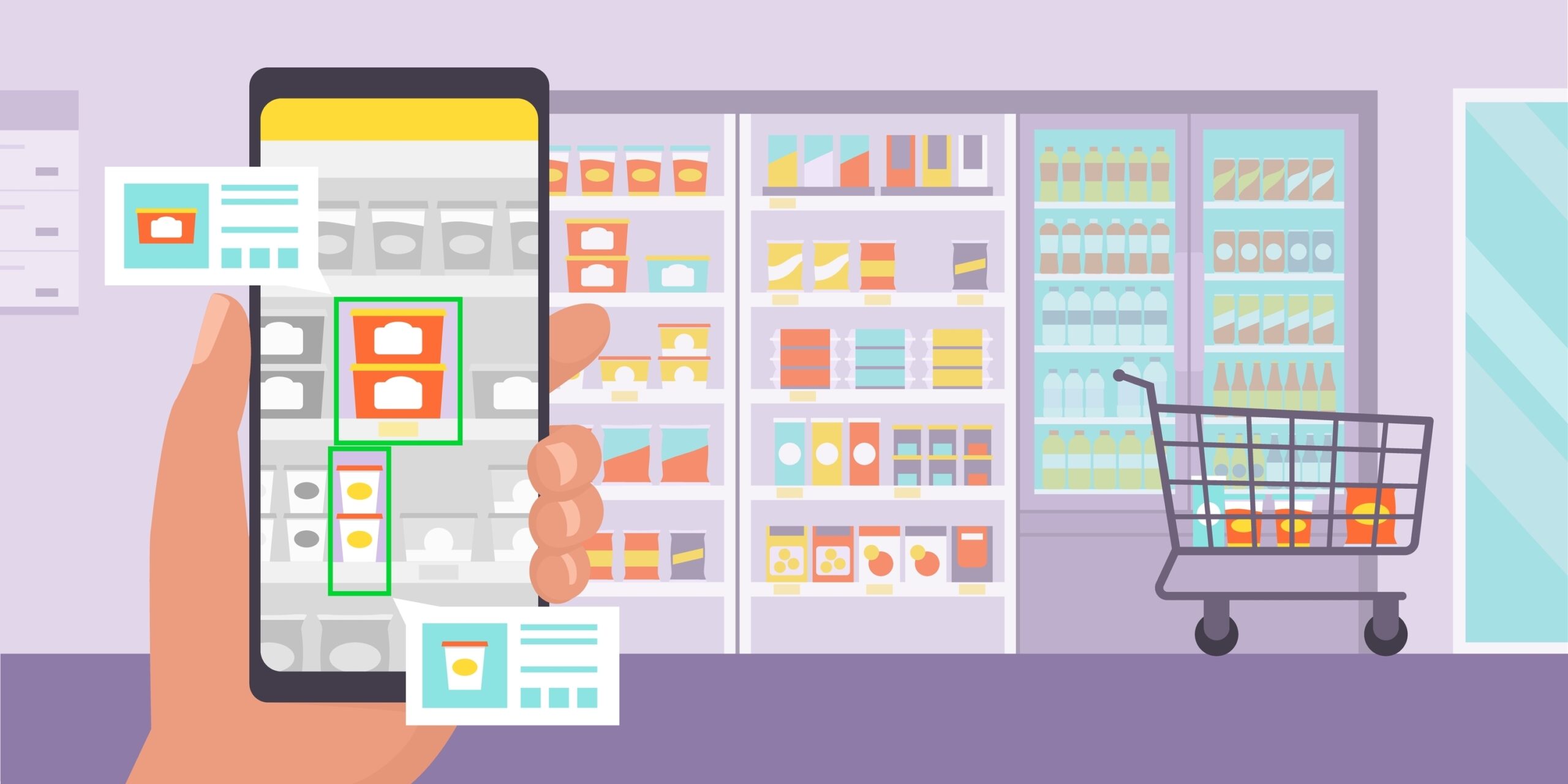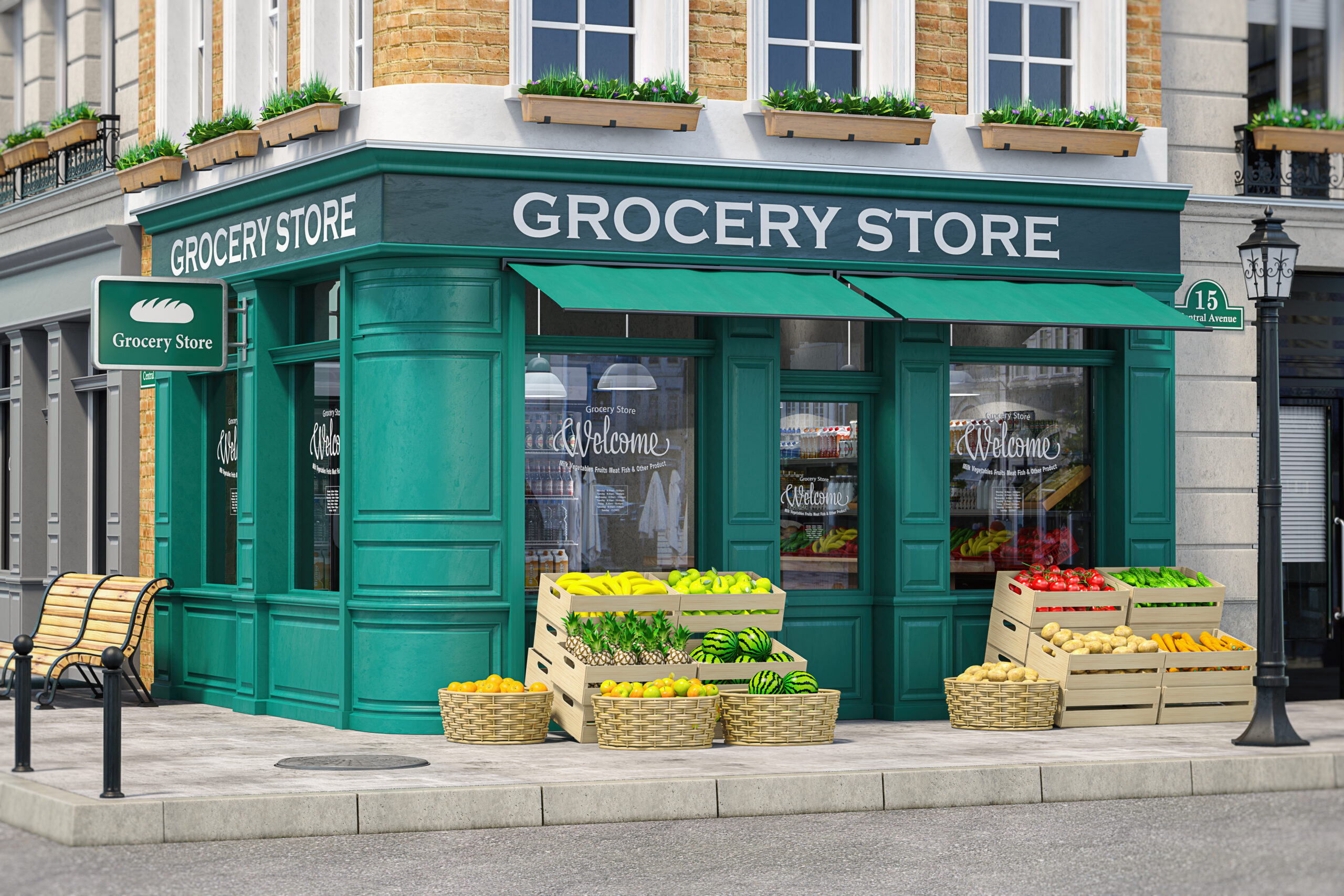Since Washington and Colorado first legalized marijuana in the United States in 2012, 14 more states and Washington, D.C. have followed suit for recreational use, and another 33 have approved marijuana for medical purposes. The economic impact of the marijuana business could generate $130 billion, annually, into the U.S. by 2024. Suffice it to say, there’s a lot of money to be made in cannabis.
CBD in CPG
One area where cannabis is becoming increasingly popular, and often lucrative, is within the CPG industry—with big brands getting in on the action. Constellation Brands, the beer, wine, and spirits producer, has a nearly 40% stake in the Canopy Growth Corporation, which just started distributing their CBD-infused sparkling water, Quatreau, to U.S. retailers. Even Marth Stewart is on the action, with Martha Stewart CBD launching a retail partnership with The Vitamin Shoppe. And you can now find CBD products in stores like Kroger Walgreens, Ulta Beauty, and even Urban Outfitters.
CBD is the concentrated liquid extract of a hemp or marijuana plant, and does not contain THC—meaning it doesn’t produce the high, or psychoactive effects, of THC. It is also legal in all 50 U.S. states. Because CBD oil is said to help reduce swelling, pain and inflammation, and can help with stress and anxiety, it’s often looked to as a healing ingredient, which is why it’s becoming so popular among health and wellness brands.
Effects at the shelf
Because we’re still in early stages when it comes to legalized marijuana, CBD oil benefits and the mass-market industry, we’re not seeing many CPG products in local grocery stores just yet. But with the way the industry is moving, and as brands big and small start to look into the market of cannabis and CBD products, it’s worth being prepared for whatever impact those products will have on category management and retail merchandising.
What do we mean by being prepared? Think about the logistics of introducing products like this to shoppers. What message does the product convey to customers? What category will these products live in? In such a highly-regulated category, understanding packaging logistics and how to properly and effectively display nutritional information and ingredients will be essential. Like the explosion of organic and natural foods and products in recent years, the same trend could happen with cannabis and CBD oil products, and it’s important to understand how those items will look and resonate on the shelf.
Testing these items first, before they are even prototyped in the real-world, can give brands a leg up when it comes to solving these new-product issues. Using virtual simulations, brand and retail teams can visualize these products on the shelf, and test different scenarios, category arrangements and shelf options to get a feel for how they will live in a store. So if Coke wants to launch a new wellness beverage infused with CBD, should that product live within the soda aisle, or should it live within the natural foods and wellness aisle? Perhaps both? These are the types of things that can be decided before ever creating the product physically.
As the movement toward legalized marijuana continues, brands will continue to consider and experiment with cannabis and CBD products. It follows, then, that they leverage solutions that can help them make fast, sound, in-store decisions that will allow them to stay ahead of the game when it comes to launching these types of products to market.




